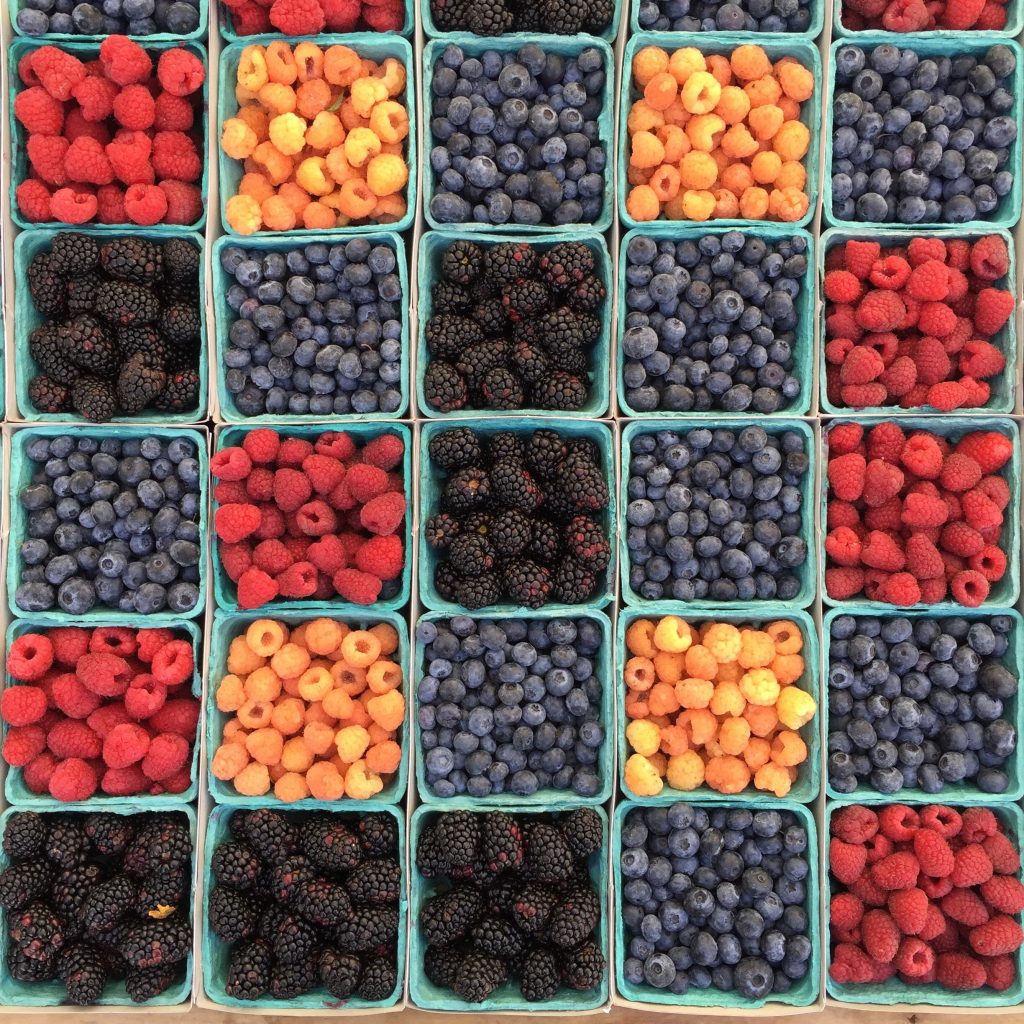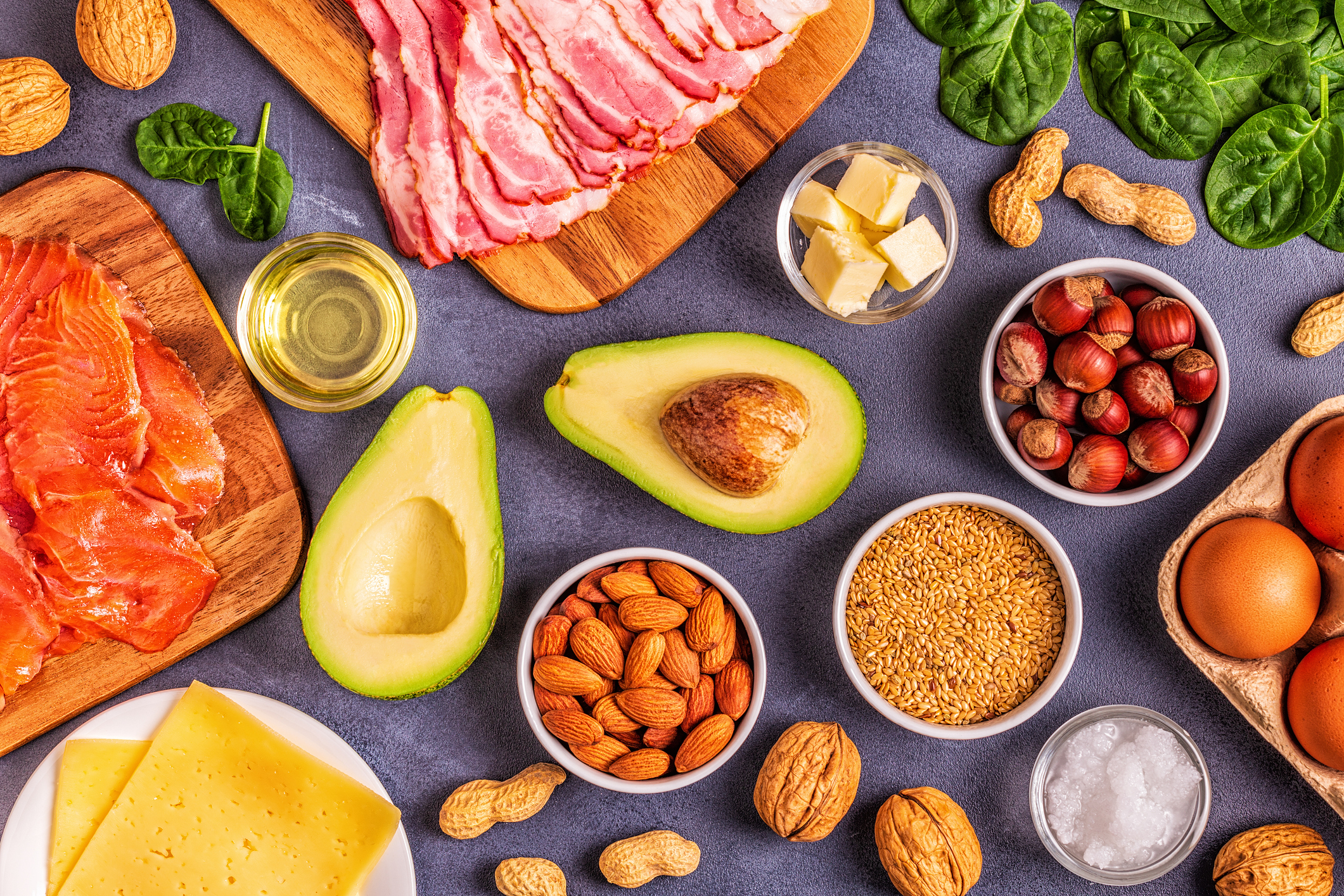While the keto diet allows for the enjoyment of a huge variety of foods, most fruits are unfortunately very high in sugar. This means that what are otherwise considered some of the healthiest foods on the planet, may kick you out ketosis. A banana, for example, has 14 grams of sugar alone.
This is not usually an ideal choice while staying very low carb. However, there are some fruits that are still recommended to consume when following a ketogenic eating plan. These are low carb fruits, or fruits that contain some sugar, but are also loaded with slow-digesting fiber and antioxidants.
Avoiding sugar is one of the key tenets of a ketogenic diet, and low carb fruits can help you do that. Here is everything you need to know about the best low carb fruits to consume when following a ketogenic diet.

What Is The Keto Diet?
The keto diet has become increasingly popular over the last few years. Contrary to the traditional high carb American diet, keto is dominated by consuming healthy fats, moderate amounts of protein, and very small amounts of carbohydrates. A typical meal will consist of foods high in fats (like cheese) and is rich with complete proteins (like eggs).
Of course, it’s still very important to consume vegetables, as they provide important micronutrients and antioxidants. Low starch veggies like spinach and broccoli are nutritious additions on a keto meal plan.
The keto diet is inherently low in sugar, and since the average American overconsumes sugar, this one change poses quite a challenge for many people who follow the ketogenic diet. With over 40% of Americans facing obesity, in part due to a high carb/high sugar diet, it is critical to avoid the white stuff if you wish to stay healthy.
The keto diet relies on dipping your metabolic system into ketosis, which is an advanced fat burning state. By eschewing the normal source of sugar, called glucose, your body shifts into manufacturing ketones for energy. Ketones allow you to function optimally by enabling the body to burn fat for fuel instead of glucose. A common keto macronutrient ratio would be a diet consisting of 70% fat, 25% protein, and 5% carbohydrates.
Keto Diet Foods
There are a number of foods which are perfect to eat on a ketogenic diet. In fact, nearly all foods will work, with the lone exception being grains. Grains are rich in carbohydrates, and also usually cause your blood sugar to spike – two things we can to avoid on a ketogenic diet. You should also keep overall carb consumption to a minimum, which means eliminating or severely curtailing the intake of any high carb foods regardless of food group.
Examples of the best proteins to eat on a ketogenic diet include, but are not limited to: red meat, chicken, turkey, ham, eggs, whey protein powder, pork, veal, lobster, crab, salmon, and tuna. Avoid processed foods whenever you can.
When it comes to fats, there are many great choices, including: avocados, coconut oil, avocado oil, extra virgin olive oil, almonds, macadamia nuts, Brazil nuts, pecans, and walnuts. Once again, avoid high fat foods that are processed, as well as foods with unhealthy fats like trans fats.
The rules behind carbohydrates on keto are fairly easy to understand – avoid them at all costs! This means eliminating breads, pastries, pasta, and any other starchy, sugary foods. Even when trying to completely avoid carbohydrates, you will probably still find yourself consuming at least a small amount.
Fruit: A Primer
In the United States, fruit has always been advertised as a healthy food. But when it comes to their true impact on health, many fruits are not so great.
It’s true that fruit is loaded with vitamins and antioxidants. In fact, the bright colors of fruit showcase their inner antioxidant nutrient content. However, it’s the high sugar content in many fruits that really makes fruit a somewhat unwise choice when you’re wanting to burn fat for fuel.
Fruit has unfortunately earned a somewhat false reputation. There is a good amount of antioxidants and vitamins in fruit – but most of the time, it’s not worth the extremely high amounts of sugar that come with it. This is doubly true if you’re following a keto way of eating.
High Carb Fruits: Avoid These On Keto
The unfortunate truth is, fruits are extremely high carb foods. This means that most are not fit for eating, at least with any regularity, on a keto diet. On keto, it’s best to severely limit or completely eliminate foods like bananas, apples, grapes, mangoes, pineapples, and pears.
These fruits are much too rich with carbohydrates and sugar to consume on a ketogenic diet. For example, a normal sized banana will have about 25 grams of carbohydrates, which on its own will likely kick you out of ketosis. It is important to note that a ketogenic diet will not have you avoiding nutrients. It’s still vital to consume lots of low carb vegetables on a keto plan.
Low Carb Fruits: Eat These On Keto
You may notice that there was one food missing from our ‘avoid’ list – berries. Berries are rich with antioxidants and just so happen to be lower in carbs, thanks to its rich fiber content.
The color of the berry alerts you to the nutrients and antioxidants found within, and blueberries, for example, contain anthocyanins. These have been linked with improved brain function, as well as numerous health benefits. It is important to note, however, that we recommend small amounts of berries, just a small handful, in order to stay in ketosis.
The best berries to consume on keto include blueberries, blackberries, strawberries, and raspberries. Some experts may also recommend plums or cherries, for consumption on a ketogenic diet. Again, about half of the serving size of the chosen fruit is ideal for maintaining ketosis.
Antioxidants: What Are They?
Antioxidants are one of the most beneficial parts of consuming fruit, and for good reason. These molecules help to protect against free radicals which damage your cells. You can simply think of every food you eat causing a ‘bad’ or ‘good’ reaction inside your body. Too many low-quality foods produce a negative reaction, but foods with antioxidants help to protect your body from the damage.
The key is to maintain balance, as there are actually some functions inside your body which require free radicals. But on the other hand, if you have too many free radicals and not enough antioxidants, your body will shift into a state known as ‘oxidative stress.’ This leads to many issues, and should be avoided at all costs.
Fruits contain antioxidants, but so do many vegetables – which we recommend when following a keto meal plan. Low-carb vegetables like broccoli and spinach contain no sugar, but have the same (or greater) amounts of beneficial antioxidants.
Keto Sweeteners: The Best Choices
Since you will want to avoid sugar on a keto diet, which includes reducing your fruit intake, the natural question becomes: what can you eat to still get some of that sweet taste and stay in ketosis? Enter sugar alcohols, and artificial sweeteners. There are a wide variety of sugar-free sweeteners, and it’s a market that continues to expand.
Erythritol: Erythritol is a solid choice as a sugar-free sweetener, as it can be used as a 1:1 replacement for sugar. This means all you need to do for your favorite recipes is to replace the sugar with erythritol. Baking, cooking, added in your coffee – it’s as simple as that. Erythritol also has very few negative side effects, according to studies, as we covered in our erythritol deep dive.
Stevia: Stevia is another popular alternative to sugar, but it has a strange aftertaste, and cannot easily be used in baking or cooking recipes. A solid number two choice, but one that we only utilize sparingly.
Aspartame: Aspartame has one of the worst reputations for sugar replacements, and is most often used in diet soft drinks. The truth is, there has not been any definitive proof that aspartame is dangerous, and it is generally recognized as safe. If you want to be extra cautious, consume aspartame only sparingly.
Swerve: Swerve is a brand name sweetener which we use regularly. Since it is largely erythritol, it is considered safe, and measures 1:1 for sugar in any recipe.
Sucralose: Sucralose is another popular sugar-free sweetener. It’s generally considered safe for use, though it’s not usually used for cooking or baking.
Monkfruit: Monkfruit is another popular zero calorie sweetener, and it is considered safe in moderation. More studies are needed to fully determine the impact monkfruit may or may not have on the human body.
Track Your Ketones: A Path To Success
If you are looking to track your progress on a keto diet, we also have a great solution for you. To allow for an effortless, accurate, and non-invasive way to measure ketosis, we invented the first and only clinically-backed ketone breath monitor.
Our device is accurate enough to replace invasive blood measurements. By simply breathing into our device, you will have a reliable measurement of your current ketone levels in seconds.
No more urine strips, no more pricking your finger – just a fast, easy and reliable breath test. You can bring our device with you to the office, take it to the gym – you can truly check your ketones anywhere.
Unlike previous devices, which were often poorly made, unreliable, and not backed by clinical research – our ketone breath monitor is patented. This means no other device is legally allowed to use our exclusive technology. Whether you are brand new to keto and want a convenient and reliable way to check your ketone levels, or you’re an elite level biohacker – we are the perfect way to measure your ketones.



